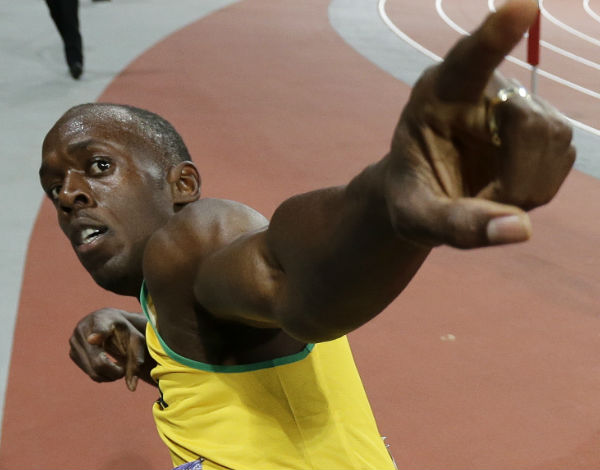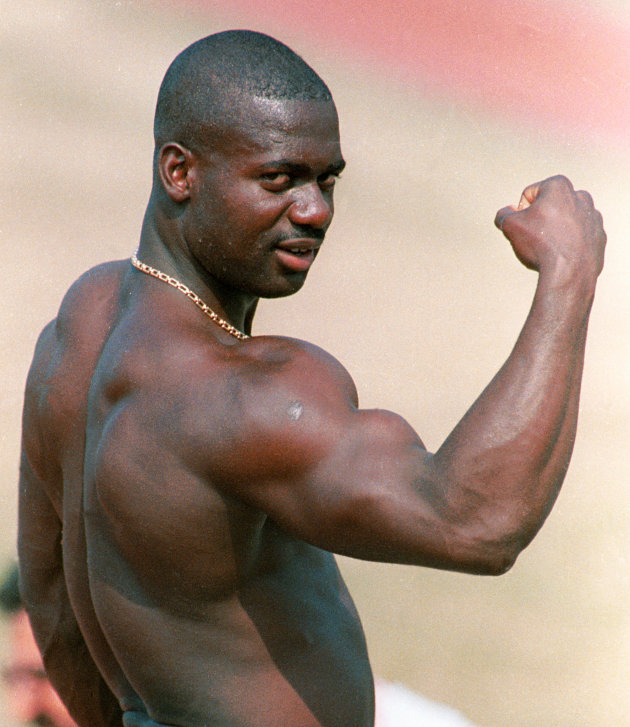Since everybody is riding on the Olympic Hype, anyone want to run faster for the 100m?
Legendary sprinting mind who also assumed the position of coach of Ben Johnson, 9.79 sprinter at the 1988 Seoul Olympics, Charlie Francis, states that athletes should aspire for a more developed somatotype before any maximal method/power (plyometric exercise) is done. Francis recommends athletes to do medicine ball work prior to explosive track work/heavy lifting.
Francis also states that there are 2 types of CNS output: General (Rate Coding) and Specific (Intramuscular Coordination). This can come to the conclusion that one can increase their bench press via sprinting and vice versa. Rate coding is responsible for the frequency and magnitude of neuro-muscular output. Intramuscular coordination is the strengthening of the muscles involved in a movement. Intermuscular coordination refers to co-contraction ability in a movement. This improved movement efficiency CANNOT be transferred to any other movements as it is specific.
Example: Bench Pressing 2x3: Stimulates CNS Rate Coding significantly therefore your CNS is improved. Your CNS is responsible for every muscle contraction and movement in your body, hence improving the CNS will improve everything. General Method.
Bench Pressing utilizing chains/bands/lockout/supra-maximal methods: Trains the movement specifically. Improves the bench number not because of augmented CNS characteristics but because of better movement efficiency. Does not translate for sprinting performance. Specific Method.
Take home message of the day: for your strength training keep your exercise/rep schemes tailored to your sprinting needs. Don't do exercises that cannot translate to your sprinting performance!
Guess how much Ben Johnson bench presses?
430lbs.





